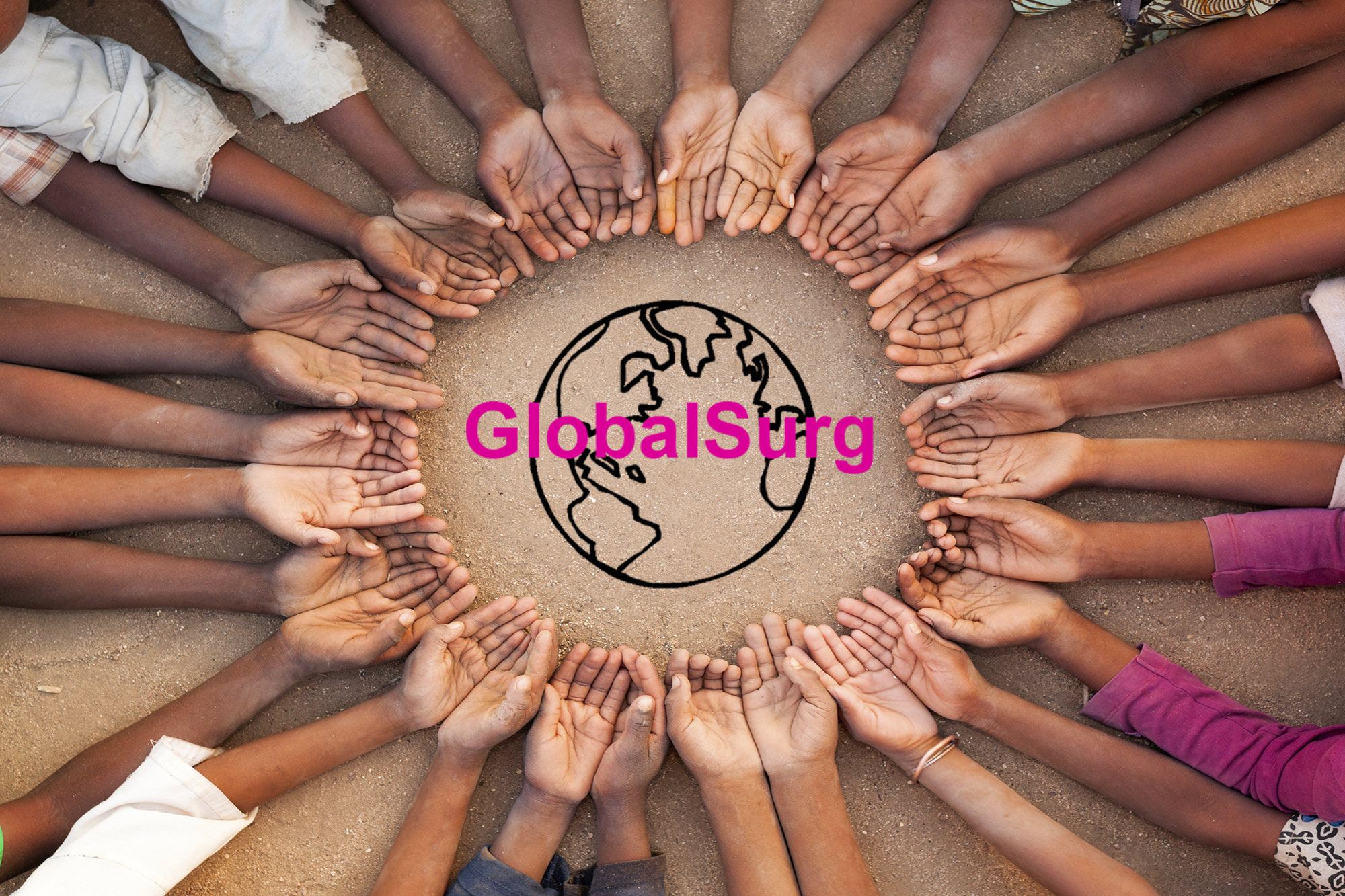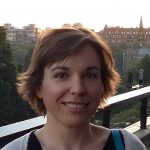Katie Shaw and Stephen Knight from the GlobalSurg Team use SlackChat to talk about the GlobalSurg 3 Hospital Level Survey
The hospital level survey is an extension of GlobalSurg 3 and aims to capture information about each participating hospital, together with the services and care the hospital can usually provide to patients with cancer.
It includes questions collecting basic information on hospital size, diagnostic tests, pre-operative management for patients with cancer and surgical treatment available.
With the help of GlobalSurg collaborators we hope to create a visual abstract of cancer care and surgical services across the globe, with the aim of establishing global cancer surgery on the international research agenda.
Katie Shaw [11:02 AM] Who should be completing the Hospital Level Survey?
Stephen Knight [11:05 AM] We have initially asked GlobalSurg 3 validators to complete the Hospital Level Survey, with the help of senior surgeons their hospital if they need help answering some of the survey questions
Overall, it’s one person per hospital for the Hospital Level Survey (but we expect them to consult with colleagues as necessary).
Katie Shaw [11:06 AM]
And the validators can access the survey via their REDCap validators account – so everything is available in one place for the validators
What questions on the survey do you think validators might find most tricky to answer and can we offer any advice on how to tackle those questions?
Stephen Knight [11:12 AM] The most difficult questions cover hospital structure, such as the population served, and the surgical procedures performed for cancer.
However these can be made easier by asking senior surgeons in the hospital for advice, and we ask how certain validators are of these answers so best estimates are encouraged if this is the only response available
Katie Shaw [11:14 AM] What about the questions relating to how many surgical procedures are performed for particular cancers – can checking theatre log books and hospital records help with this?
Stephen Knight [11:16 AM]
The theatre logbooks and hospital records can be useful here, however we only ask whether the surgery for a particular cancer has been performed at the hospital (elective and/or emergency) or referred to another hospital in the past three months, rather than total operative numbers
This will hopefully make it easier and quicker to complete the survey
Katie Shaw [11:18 AM]
So there’s no need for validators to spend a long time counting cases from log books, a simple yes or no will suffice depending on whether the cancer has been treated surgically in the last 3 months.
That will certainly reduce the work load
Stephen Knight [11:20 AM] Absolutely – we have taken time to design the survey in such a way that it reduces the workload on collaborators.
The survey should take around 15 minutes to complete and a paper data collection form is available to help complete the survey
Katie Shaw [11:21 AM] One of the aspects of the survey I’m most excited about is the new geo-location data from Twitter and the photographs we are asking validators to send in.
Stephen Knight [11:28 AM] Geolocation data is not a new idea, however the latitude and longitude is only know for half of public hospitals providing emergency surgical care.
Crowd-sourced hospital geolocation has never been attempted before – GlobalSurg is at the cutting edge again! It will be really exciting to accurately record the location of hospitals using google maps and twitter alone
The photographs are of the hospital building, the anaesthetic machine and operating table….remember no pictures should contain patients, patient information or staff members!
Katie Shaw [11:30 AM] Another GlobalSurg first! Why is knowing the exact location of hospitals important?
Stephen Knight [11:32 AM]
Combined with hospital level data we can start to define and develop a whole world description of global cancer surgery
In addition, the catchment population of a hospital and patient access by road can be further estimated by cross-referencing with other databases (edited)
Katie Shaw [11:33 AM] Remind me what are the pictures of? Is it main entrance, a typical operating theatre and the anaesthetic machine we’re asking for?
Stephen Knight [11:36 AM] The photographs are of the hospital building, the anaesthetic machine and operating table….remember no pictures should contain patients, patient information or staff members!
So what is “SurgStreet”?
Katie Shaw [11:38 AM]
SurgStreet is going to be a photographic representation of hospitals from all across the GlobalSurg network. We hope it will provide a really impactful visual representation of hospital facilities all around the world
And, most exciting of all, if enough hospitals contribute, we’re hoping it will grow into a bigger collaboration with the GapMinder foundation as part of their DollarStreet initiative https://www.gapminder.org/dollar-street/
Let’s finish up with news on numbers of completed surveys and information on the completion deadline (edited)
@steve what are the current figures? Hot off the press this morning?
Stephen Knight [11:45 AM] 65 validators have already completed the survey which is absolutely fantastic – with another 44 close to finishing!
We can see that quite a few validators only have the last page of the survey to finish, which collects the photographs and geolocation data.
Please be reassured that pictures are not required if you need further ethical approval from the hospital.
You can follow the step-by-step guide on how to find the latitude and longitude of your hospital within one minute from Google Maps using this link: http://bit.ly/geolocationGS or by following the user guide instructions
Katie Shaw [11:47 AM]
Amazing! We attempted Hospital Level Surveys in GlobalSurg 1 and 2 but we didn’t get anything like this response so that’s absolutely fantastic! Already our most successful GlobalSurg Hospital Level Survey
And for any validators who have yet to start the survey, how long have got to do so? When’s the deadline?
Stephen Knight [11:48 AM] Because it’s been so successful we’ve extended the deadline to 30th June 23:59 (BST) – lets try and break the 120 barrier!
Katie Shaw [11:51 AM]
Brilliant! So any validators still to complete the survey you have until the end of the month to do so.
This is the final stage of data collection for GlobalSurg 3 – final few weeks to go!
Thank you to everyone who has completed the survey already and has been part of GlobalSurg 3. It’s been a terrific effort from all our collaborators and we’re looking forward to seeing the results soon!
Stephen Knight [11:52 AM] :tada:




Leave A Comment